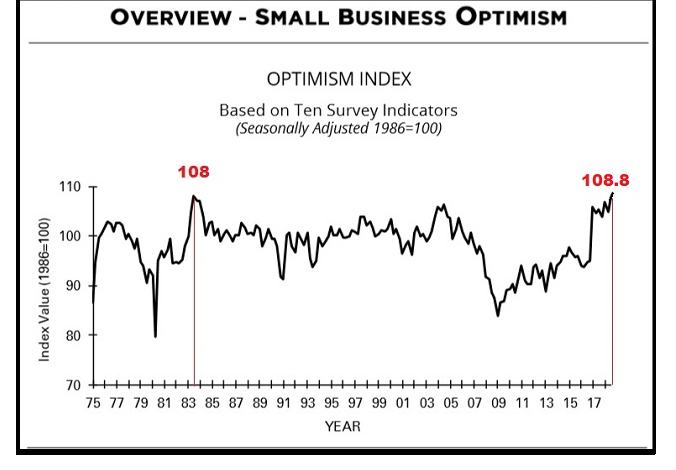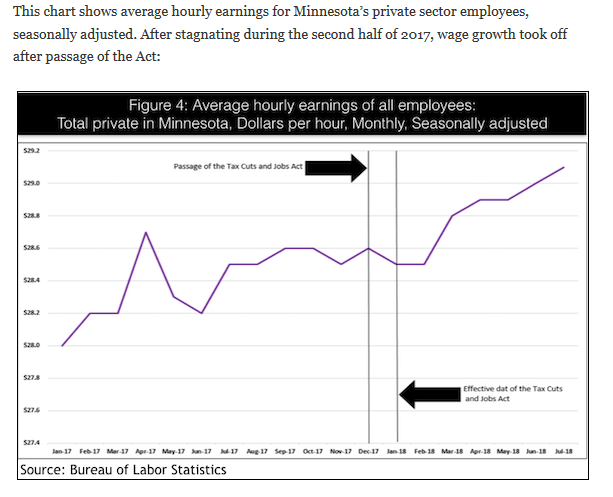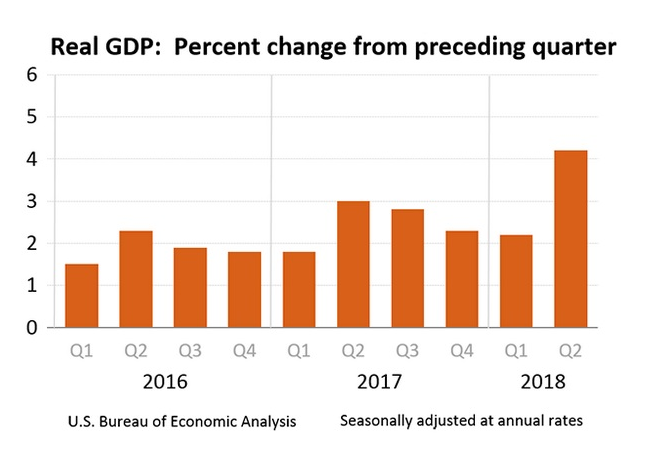The Washington Times posted an article today about the Democrat’s plans if they win the mid-term election. One statement is particularly revealing.
The article reports:
House Minority Leader Nancy Pelosi said American voters will simply have to deal with the “collateral damage” that comes their way if Democrats craft economic policies in the years ahead.
The California Democrat recently sat down with New York Times columnist Paul Krugman in the Big Apple to discuss public policy. The event, hosted by the Jewish organization 92nd Street Y, included a portion on climate change that sparked the lawmaker’s pronouncement.
“We owe the American people to be there for them, for their financial security, respecting the dignity and worth of every person in our country, and if there is some collateral damage for some others who do not share our view, well, so be it, but it shouldn’t be our original purpose,” she said Sunday.
Her commentary came against a political backdrop in which the U.S. unemployment rate is at a 49-year low — 3.7 percent — in conjunction with moderate inflation.
Fed Chairman Jerome Powell said earlier this month, for instance, that Americans are enjoying a “historically rare” economic climate.
Wow. Representative Pelosi admitted that the economic policies will have “collateral damage.” If the Democrats understand that their economic plans will be destructive, why do they support those economic plans? Seems like a fair question. Note also that she predicts “collateral damage” to those who do not share our view. Does it make any sense at all to put this lady in a position of power?







